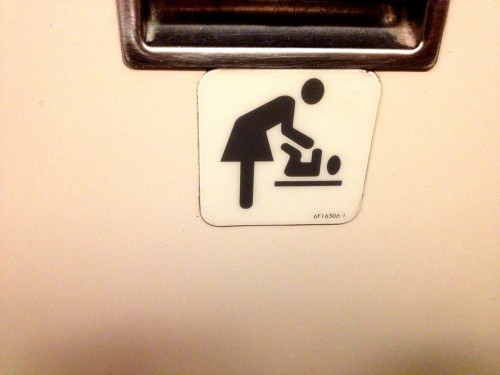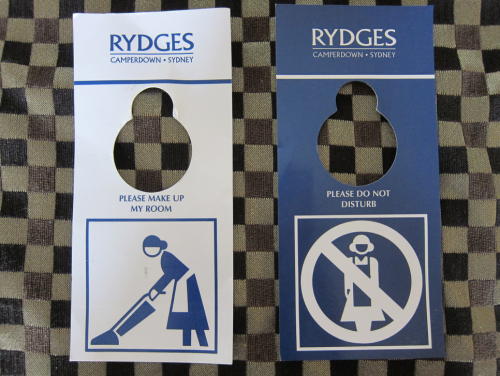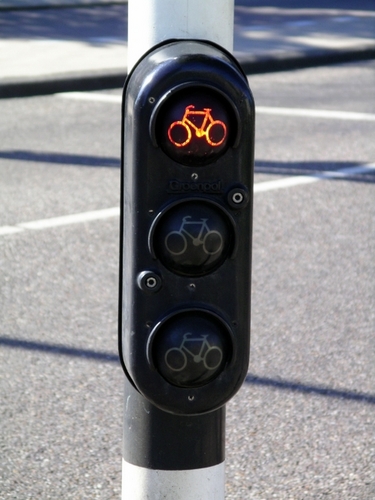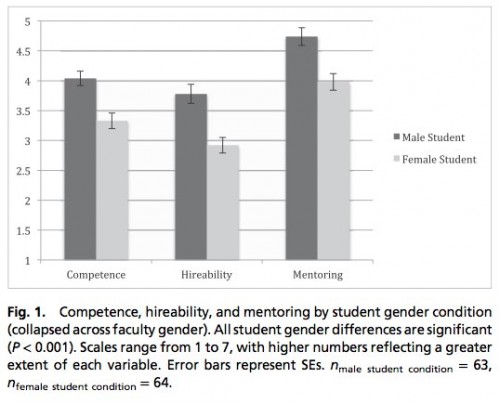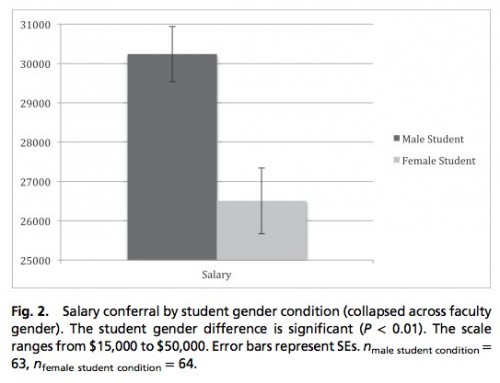I live in Los Angeles where saying that you don’t like movies is tantamount to claiming atheism in a church. But I don’t like movies, generally speaking. In contrast, I quite like TV. Does this seem weird?
The Geena Davis Institute on Gender and Media offers a clue as to why I might lean towards television. The Institute did a content analysis of 11,927 speaking characters in “family films” (G, PG, and PG-13) and prime-time and children’s TV shows (see it here). They looked at the presence of female and male characters and the jobs those characters were doing. In almost every instance, women had greater visibility, and better jobs, on prime-time TV than they did in either movies or children’s shows.
Presence
Women are, for example, 39% of characters on prime time, but only 31% of characters on kids’ shows and only 28% in movies. Casts are twice as likely to be gender-balanced on prime time (45-55% female), compared to movies. Half of the casts of family films are 75% or more male, compared to only 20% of the casts on TV shows and 39% of children’s shows.
Occupations
Almost half of all American workers are female, but they hold only 20% of the jobs on the big screen and 25% of the jobs on children’s shows. Again, here prime-time does somewhat better: 34% of the jobs on evening TV are held by women.
The next two tables reveal how men and women are distributed among different kinds of occupations in films and on prime time. Men are over-represented in almost all cases, but the disproportion in movies is almost always significantly worse than it is on TV.
If you’re one of the people that contributed to Star Trek Into Darkness‘ $70.6 million opening weekend this week, this data might not be surprising. I didn’t count, but I suspect it falls into the 50% of films that has a cast that is at least 75% male. It certainly didn’t pass the Bechdel Test; the two female speaking characters, if I remember correctly, never spoke to one another at all, and so they couldn’t have spoken to each other about something other than a man (that’s the test). (Oh wait, I think one of the twins with tails in bed with Kirk said “hey” when he leapt out to go do something important, so that’s three women with speaking roles).
So, like in lots and lots of films, women in Star Trek were woefully under-represented except as love interests for the two protagonists (Uhura in this movie and Carol, it was foreshadowed, in the next). I’m used to it, so it doesn’t really stir me up, but that doesn’t mean I have to like movies. I’ll stick to TV, thank you very much. It’s not perfect, but it’s a hell of a lot better than Hollywood.
Cross-posted at BlogHer, Pacific Standard, and The Huffington Post.
Lisa Wade, PhD is an Associate Professor at Tulane University. She is the author of American Hookup, a book about college sexual culture; a textbook about gender; and a forthcoming introductory text: Terrible Magnificent Sociology. You can follow her on Twitter and Instagram.






















